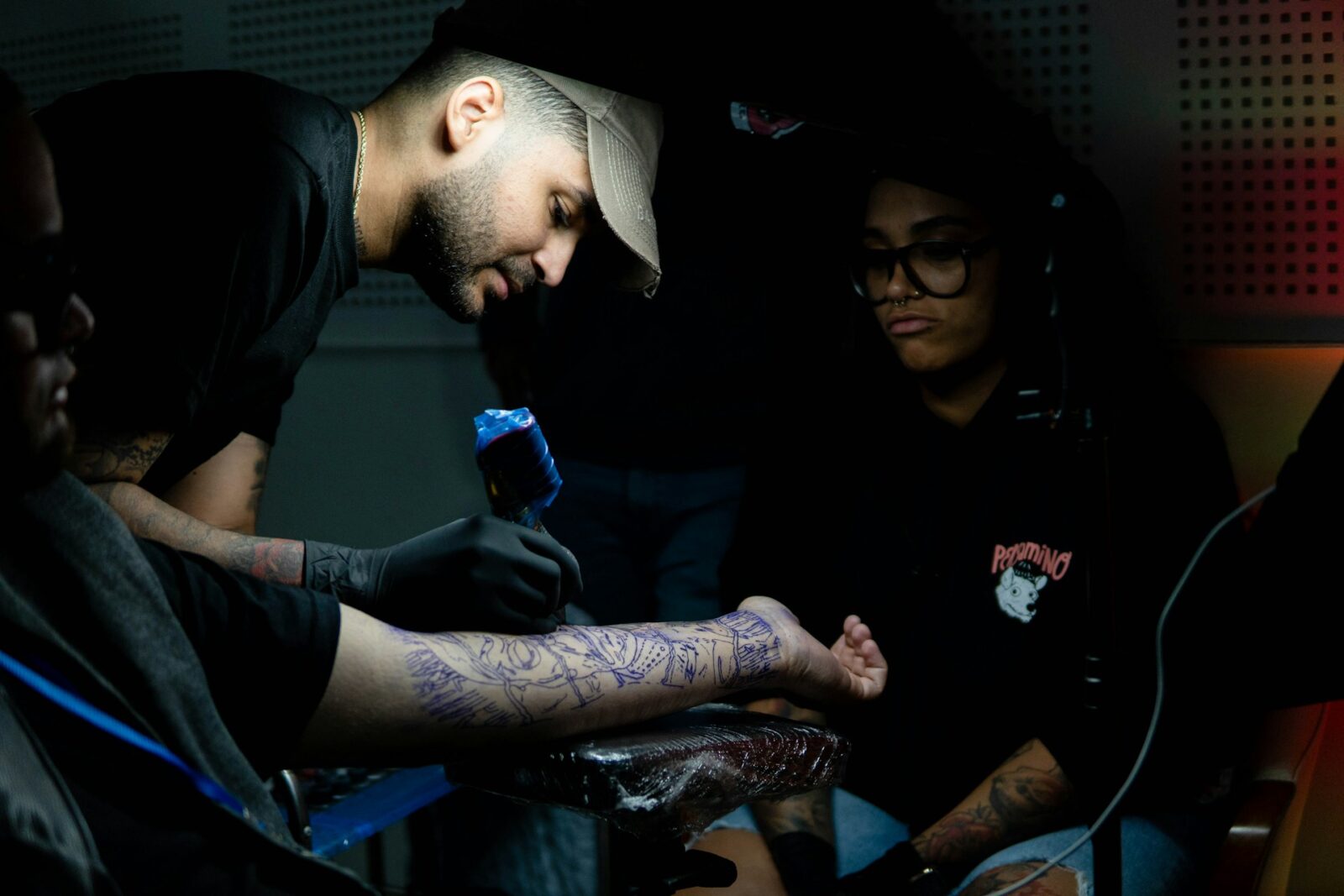A tattoo regret is something many of us have. What was once a favorite ink, can become an unwanted memory of a lost love affair, a momentary choice, or an out of fashion style. When you are standing in front of the mirror and you feel unimpressed by what you are looking at, you are not alone. As the popularity of body art has increased, there has been an increase in the number of individuals interested in reclaiming their skin and leaving behind tattoos that no longer represent them.
This blog post will focus on exploring why people regret getting tattoos and examine the different choices that people can make when having tattoos removed. Whether it is laser or a surgical removal, knowledge of what has been decided upon will, in turn, enable you to make informed decisions regarding your body art experience. Let’s dive in!
Why People Choose to Remove Their Tattoos
The second thing is that tattoo regret is not as rare as you may think. The ink used by many people no longer represents them or the things they appreciate. A desire to change can be the result of changes in personal beliefs, relationships, and life goals.
The other reason people would choose to remove is the effect of aging. Skins change with age and tattoos might lose their attractiveness or become deformed. Such a change can be a source of dissatisfaction.
There is also a role of professional environments in this decision. Certain occupations are very strict when it comes to visible tattoos and one may be advised to remove tattoos to increase their chances of securing a better job.
The desire to change can be triggered by emotion. The end of a relationship or other monumental life occurrence can lead someone to delete information about their past and move on. The stories are all distinct, but the motivations are frequently universal in changing identities and situations.
Available Options for Tattoo Removal
Removal of tattoos has traveled far. Nowadays, there are a few ways to pick to get a new start.
The most popular is Laser Wizard removal. It targets concentrated light beams to shred ink particles on your skin. It may require multiple sessions to be completely clear, and many people consider it useful.
Dermabrasion is another possibility. In this procedure, the very skin over the tattoo is sanded off. It has become less widespread nowadays because of the introduction of laser equipment, but it is still admitted to be effective with some people.
Surgical excision may be attractive to an individual who wants permanence. This method will destroy the tattooed skin completely, but it will leave a scar that some people might not dislike.
Another option would be chemical peels which involve using powerful acids that would fade tattoos over time. Nevertheless, the outcome may be quite unpredictable due to the skin type and ink color that is used.
They have advantages and disadvantages; before choosing one or another approach, one has to consider them carefully.
Surgical Excision: What You Should Know
The easiest way of removing tattoos is through surgical excision. It is the removal of the skin containing the ink and sewing the area. This alternative is the best when used on small tattoos.
This must be done before turning to a qualified dermatologist or plastic surgeon. They will inspect your tattoo size, placement, and the type of skin to see whether you qualify or not.
The treatment is usually done in an outpatient environment with local anesthesia. Recovering is sure to be a painful experience, but there exist pain management tools.
Remember that surgical excision produces scars. Depending on the processes of healing and aftercare, scarring can be extensive. It is important to follow instructions after the operation to achieve the best results.
This may be your path to being free of unwanted body art, provided you are willing to sacrifice the possibility of scarring and you want immediate results.
Aftercare and Recovery Process
Once the removal process is completed, there should be proper aftercare in order to achieve maximum healing. Your skin will be very sensitive and this is why you should listen to your specialist.
Do not touch the area with dirty hands. A soft cleanser may work, without making the skin any more irritated. Drying the skin with a prescribed ointment or lotion can help to heal, but do not use thick creams that could block the pores.
At first you may have some swelling or redness. This is common but would eventually go away in a few days. In the event of symptoms and/or aggravation, seek medical advice.
It is important to keep the area out of the sun during recovery. Wear sunscreen when exposed outside in order to avoid pigmentation changes and to make sure that your skin heals evenly.
It is important to remember that recovery is a long process that may take weeks, months, or years depending on the nature of a specific case and the type of treatment undergone. Hear your body as it is healed and be gracious to yourself.
Through proper support, you will be in a position to achieve success because you will be coping with this new chapter without tattoo regrets.















